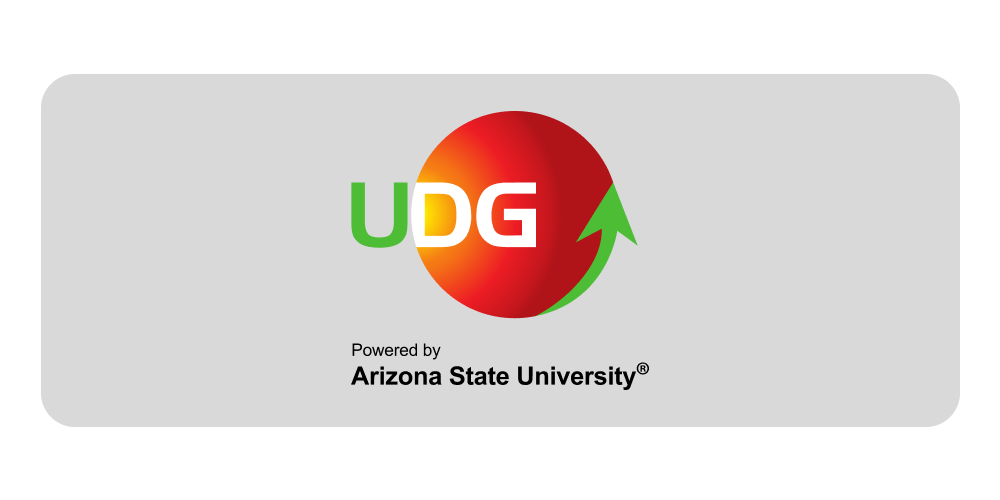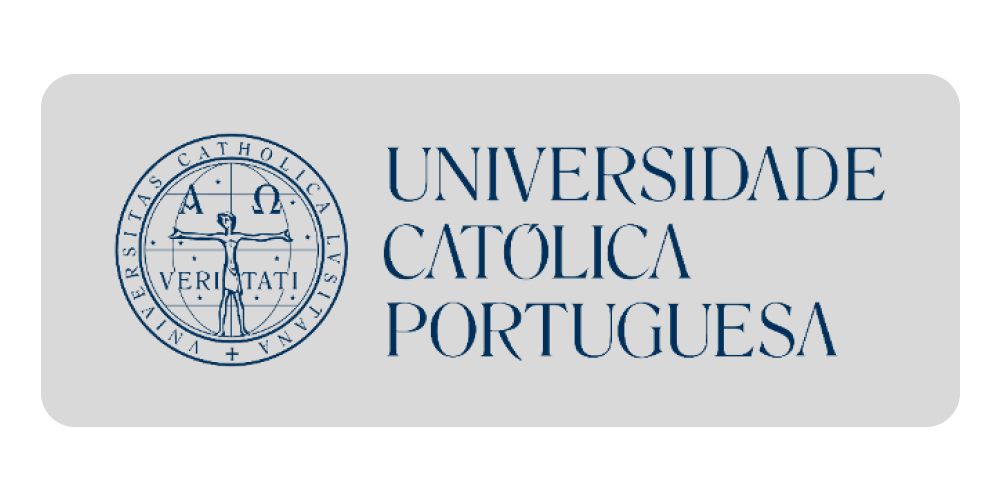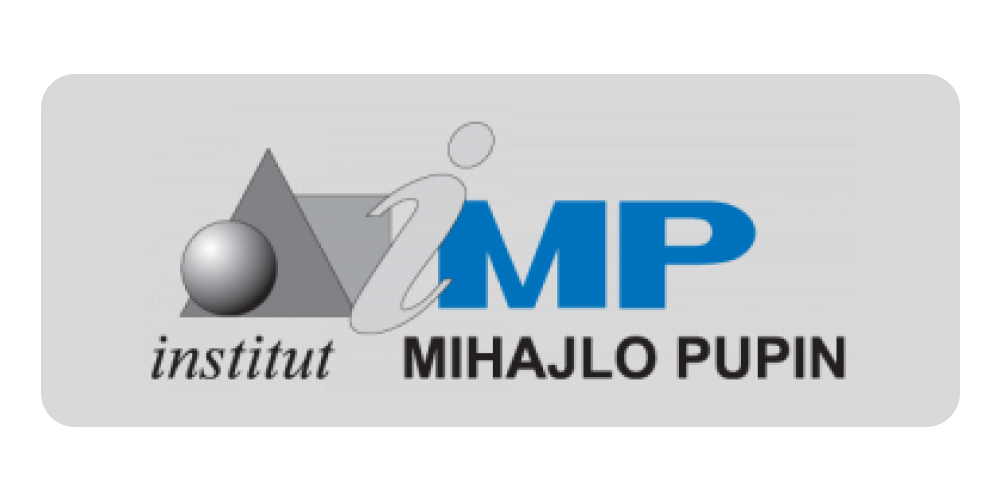University of Zagreb. Faculty of Transport and Traffic Sciences. Division of Intelligent Transport Systems and Logistics. Department of Transport Logistics.
Route Optimization Using Mathematical Models
2018
Praktični problemi u prometu i transportu mogu se preslikati u probleme gdje su prometnice prenesene u grafove na kojima se primjenjuju teoretske spoznaje i algoritme. Parametre kao što su udaljenost, vrijeme i cijena transporta u urbanim područjima nije moguće pohraniti u simetrične matrice koje opisuju simetrični graf, već asimetričnim matricama i pripadajućim grafovima. Takvim matematičkim modelima je moguće kvantitativno prikazati složene dinamičke odnose entiteta na prometnoj mreži, a rezultat tog prikaza se predstavlja kao optimalna ruta kojom se entiteti kreću postojećom prometnom infrastrukturom. Na taj će se način u radu prikazati i rute kojima se tvrtka INA d.d. koristi za dostavu ukapljenog naftnog plina (UNP) od vlastite punionice do mjesta prodaje, a korištenjem matematičkih modela će se optimizirati postojeće dostavne rute.Practical problems in traffic and transport can be depicted as problems where networks of roads and highways are transferred into graphs on which we can apply known theoretical applications and algorithms. Parameters such as distance, time and cost of transport in urban areas can not be represented by symmetric matrices and graphs, but rather with asymmetric matrices and graphs. With those mathematical models, it is possible to quantify the complex dynamic relations between entities on a traffic network and the result of such modeling represents the optimal route on which the entities should traverse through the existing traffic infrastructure. This thesis will show the routes which INA d.d. uses for delivery of liquefied petroleum gas (LPG) from their pumping station to various retail locations and how to optimize the existing routes using mathematical models
University of Zagreb. Faculty of Transport and Traffic Sciences. Division of Intelligent Transport Systems and Logistics. Department of Transport Logistics.
Route Optimization Using Mathematical Models
Praktični problemi u prometu i transportu mogu se preslikati u probleme gdje su prometnice prenesene u grafove na kojima se primjenjuju teoretske spoznaje i algoritme. Parametre kao što su udaljenost, vrijeme i cijena transporta u urbanim područjima nije moguće pohraniti u simetrične matrice koje opisuju simetrični graf, već asimetričnim matricama i pripadajućim grafovima. Takvim matematičkim modelima je moguće kvantitativno prikazati složene dinamičke odnose entiteta na prometnoj mreži, a rezultat...
Preuzmite dokument
2018
 Bengez, Ivan
Bengez, Ivan
University of Zagreb. Faculty of Transport and Traffic Sciences. Division of Intelligent Transport Systems and Logistics. Department of Transport Logistics.
Route Optimization Using Mathematical Models
Praktični problemi u prometu i transportu mogu se preslikati u probleme gdje su prometnice prenesene u grafove na kojima se primjenjuju teoretske spoznaje i algoritme. Parametre kao što su udaljenost, vrijeme i cijena transporta u urbanim područjima nije moguće pohraniti u simetrične matrice koje opisuju simetrični graf, već asimetričnim matricama i pripadajućim grafovima. Takvim matematičkim modelima je moguće kvantitativno prikazati složene dinamičke odnose entiteta na prometnoj mreži, a rezultat...
Preuzmite dokument
2018
 Bengez, Ivan
Bengez, Ivan






